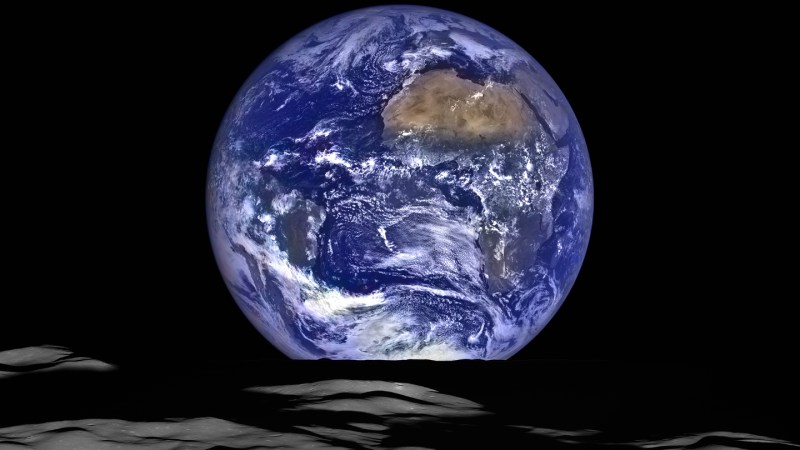
As more and more species come close to extinction, scientists have been collecting samples of animals, plants and other creatures and storing them in biorepositories around the globe.SN: 5/8/19). But climate change, environmental disasters and wars threaten these modern Noah’s Arks (SN: 28/2/22). Now, a team of researchers is thinking of an out-of-this-world solution: building one of these huts on the moon.
A biorepository in a permanently shadowed region at the moon’s south pole could be much more stable than those on Earth. Those areas typically remain around –196°C, the minimum temperature needed to preserve most animal cells long-term, research scientist Mary Hagedorn and colleagues report July 31 in. BioScience.
“It’s great to have as many plans as possible, especially when it comes to saving our biodiversity and life on Earth,” says Hagedorn, of the Smithsonian National Zoo and Conservation Biology Institute in Washington, DC.
The need for a biobank on the Moon
Hagedorn and colleagues were inspired by the Svalbard Global Seed Vault in Norway, which takes advantage of the Arctic’s freezing temperatures to store millions of seeds from around the world.
But in 2017, melting permafrost flooded the vault and put its precious seeds at risk. This event and others like it underscore the need for a backup plan, researchers say.
A few years later, another team proposed building a lunar ark in the lava tubes that lie beneath the moon’s surface (SN: 15.12.16), but that design requires a solar-powered cooling system; any loss of power and samples will be destroyed. In the permanently frozen shadow regions of the moon, a lunar vault would not need power or constant human maintenance, Hagedorn’s team says.
Given the low temperatures of the shadowy South Pole, Hagedorn says, a vault there could store “one of the most powerful cells we have today”—fibroblasts. Scientists can transform these animal cells into stem cells, “and then those stem cells can be used for cloning,” she says. The cells could be valuable for regenerating populations of threatened or extinct species and for building ecosystems in future human colonies on the Moon or Mars.SN: 18.11.20).
What would it take to build one?
The new proposal has its share of hurdles, including what to do about radiation and the long-term effects of microgravity on samples. Hagedorn and colleagues are designing radiation-protected sample storage containers. The next step would be to test the prototypes on a future mission to the moon.
“The authors do a good job laying out many of the challenges,” says lunar scientist Benjamin Greenhagen of the Johns Hopkins Applied Physics Laboratory in Laurel, Md. Another problem can be dust. “Dust is everywhere and gets into everything,” he says. “If their storage requires mechanisms or seals, they will want to consider dust mitigation from the earliest stages.”
Some of the moon’s permanently dark regions are also not immune to temperature fluctuations, as more or less reflected light shines in the shadows, Greenhagen says. “They’re still cool, but maybe not always cool enough for this project without some level of thermal management.”
So far, the biggest challenge will be getting the scientific community and other stakeholders to buy in and getting nations to work together on the plan, Hagedorn says.
Furthermore, “there are communities on Earth for whom the moon is sacred,” says Greenhagen. “The authors should proactively engage these communities and seek a comprehensive path forward to preserve biological materials on the moon.”
Samples to be deposited in the lunar vault first include those from endangered species, pollinators, ecological engineers and species that have the potential to help humans during space exploration, the team says. But because the project is still in the early stages, “nothing is set in stone at this point, except that we would probably go to the moon,” Hagedorn says. The team welcomes comments on the proposal.
#Scientists #send #endangered #species #moon
Image Source : www.sciencenews.org